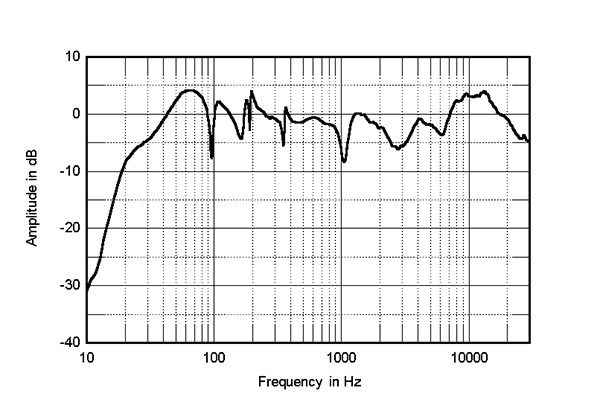@erik_squires I don’t think we can say much of anything about that graph, and the others presented here without knowing the level of smoothing applied to the raw data. As I am sure you know anyone who has played around with Room Equalization Wizard software knows that you can make a washboard look like a pancake with adequate smoothing applied to the chart. It’s frustrating because that critical piece of information is very seldom supplied with charts such as these when published.
this has been a nice thread so far, thanks to the OP and all the contributors. It has sparked some thoughts that perhaps I will share in another thread.
What if a high end speaker measures really badly?
You know, it's true that I feel listening is more important than measurements and that it's generally difficult to really tie together measurements with pleasure. Below 0.05% THD do I care? No I do not. I really don't care. The number tells me nothing about whether I'd like the amp more or not anymore.
In this one memorable review for the Alta Audio Adam speaker, I really felt shivers go up my spine when I looked at the measurements, especially at ~$20kUSD. This looks like an absolute hot mess. Does it sound this bad though? I certainly don't have the $20K to test that out myself. What do you all think?

- ...
- 108 posts total
I don’t think the measurements should be ignored completely when buying speakers, even if they sound good to your ears. Over time, and outside the showroom, any serious flaws might start to become apparent. Reviewing the impedance graph can be even more important in terms of matching with your amplifier. Comparing sensitivity and nominal impedance only can result in a mismatch if there are some dips that your amplifier is not equipped to handle. |
@audiokinesis Ahhh! Thank you, I missed that in the article. That explains why they posted the inner design of the 2-way as well. |
- 108 posts total

